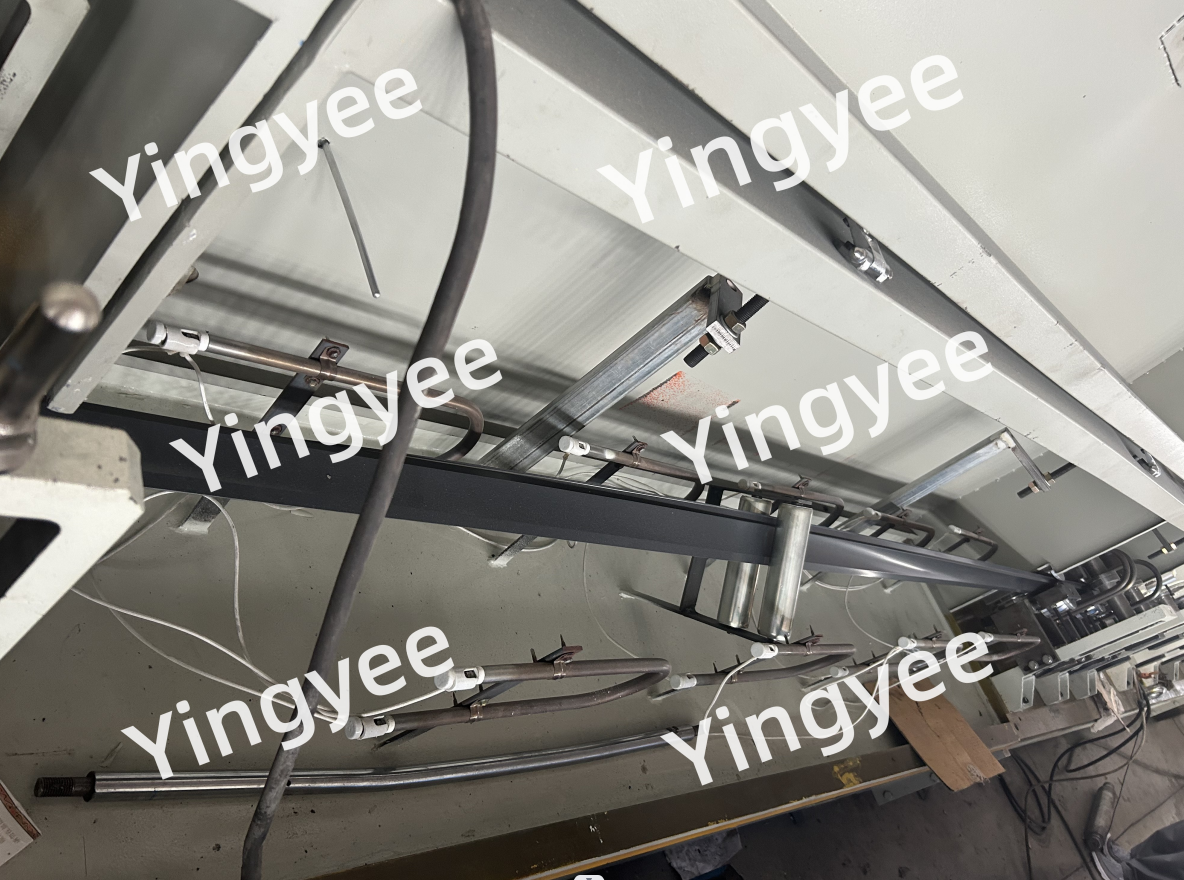
Exploring IBR Profiles Double Layer Roofing Forming Machines
The construction industry has witnessed remarkable advancements over the years, particularly concerning efficiency and material optimization. Among the essential tools used in this evolution are roofing forming machines, particularly those capable of producing IBR (Inverted Box Rib) profiles. These machines not only streamline the roofing process but also enhance the structural integrity and aesthetic appeal of buildings.
Understanding IBR Profiles
IBR profiles are widely recognized for their strength and durability. They feature a unique ribbed design that enhances the roof's resistance to adverse weather conditions, making them ideal for both residential and commercial applications. These profiles are characterized by their inverted box shape, which enables better water drainage and minimizes the risk of leaks. Due to these features, IBR profiles are gaining popularity in parts of the world where climate conditions can be particularly harsh.
The Role of Double Layer Roofing Forming Machines
Double layer roofing forming machines are revolutionary in the roofing manufacturing process. These machines are designed to produce two different profiles or types of sheets in a single run, maximizing efficiency and reducing material waste. This is particularly useful in projects where varied roofing profiles are required without needing different machines or extensive downtime for adjustments.
Benefits of Using Double Layer Roofing Forming Machines
1. Efficiency and Speed By producing two profiles simultaneously, double layer machines significantly cut down on production time. This enhanced efficiency allows manufacturers to meet tight deadlines and high-volume orders more effectively.

2. Cost-Effectiveness Operating a double layer forming machine can lead to considerable cost savings. Manufacturers benefit from reduced operational expenses since they need only one machine to produce different profiles, lowering maintenance costs and energy consumption.
3. Versatility These machines can accommodate various materials, including galvanized steel, aluminum, and composite materials. This versatility enables manufacturers to cater to diverse market needs and preferences, making them indispensable in modern roofing solutions.
4. Quality Control High-quality forming machines are equipped with advanced technology that ensures consistent product quality. This reduces the potential for defects and promotes customer satisfaction.
5. Improved Material Utilization With the capability of producing two profiles in one production run, the waste produced is minimized, which is environmentally friendly and contributes to sustainable building practices.
The Future of Roofing Manufacturing
The demand for versatile and efficient roofing solutions will only continue to rise as construction practices evolve. As architects and builders look for innovative materials and techniques, machines that offer flexibility, such as double layer roofing forming machines, are likely to become more prevalent. Manufacturers are also focused on integrating smart technology, such as automated controls and monitoring systems, to further enhance productivity and precision.
Conclusion
The development of IBR profiles and the utilization of double layer roofing forming machines represent a significant leap forward in the roofing industry. These advancements not only streamline the production process but also improve the overall quality and versatility of roofing materials. As the construction sector continues to innovate, the integration of such technologies will undoubtedly lead to more sustainable and efficient building practices. By investing in state-of-the-art forming machines, manufacturers can ensure they meet the evolving demands of the market while contributing positively to the environment.